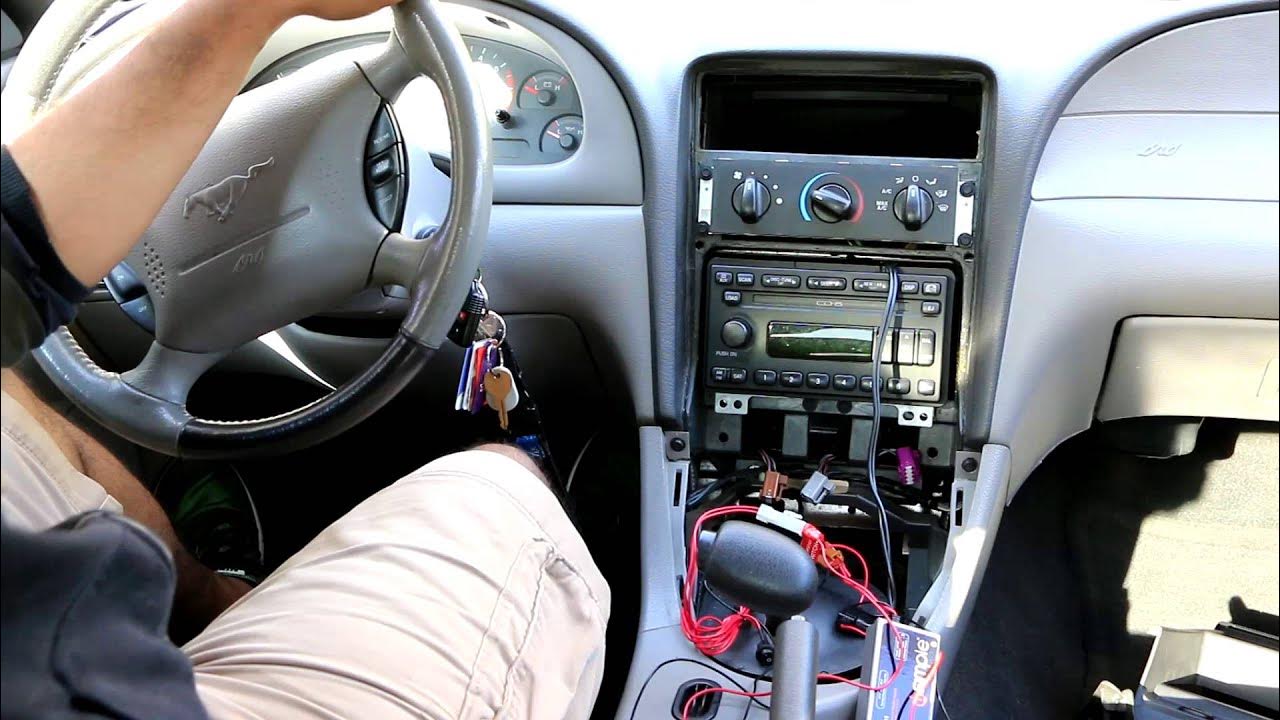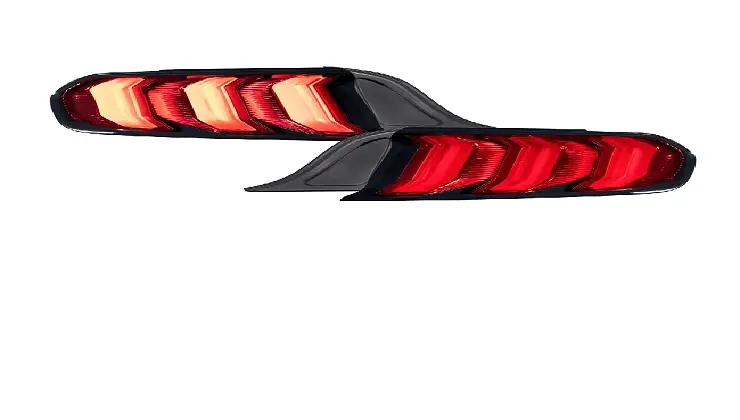If you own a Fox Body Mustang, you’re probably familiar with torque boxes. These structural components are designed to handle the torque and stress generated by the engine and transmission. However, over time, they can become damaged or corroded, leading to a host of problems that can impact your vehicle’s performance and safety.
In this article, we’ll explore the causes, symptoms, and solutions for Fox Body torque box damage. We’ll also provide tips for preventing damage and maintaining your vehicle’s structural integrity.
Contents
What are torque boxes?
Torque boxes are structural components that are found in the frame rails of a Fox Body Mustang. They are designed to handle the torque and stress generated by the engine and transmission, helping to keep the body of the vehicle stable and prevent flexing.
These boxes are located at the rear of the front subframe, on both sides of the vehicle. They are made from heavy gauge steel and are reinforced with additional brackets and supports. When they are functioning properly, torque boxes provide a stable foundation for the rest of the vehicle.
How to Spot Fox Body Torque Box Damage?
To diagnose torque box damage, start by looking for signs of rust or corrosion around the area where the torque box meets the frame rail. This is the most common area where damage occurs. If you notice any rust or corrosion, it’s a good idea to take a closer look to see if there are any cracks or other signs of damage.
Another way to check for torque box damage is to perform a “bounce test.” Park the car on a level surface and press down on each corner of the car’s frame, one at a time. If you feel any flexing or hear any creaking or popping sounds, this may be a sign of torque box damage.
Causes of torque box damage
There are several factors that can contribute to torque box damage in a Fox Body Mustang. These include:
Rust and corrosion
One of the most common causes of torque box damage is rust and corrosion. Over time, exposure to moisture and road salt can cause the steel to weaken and degrade. This can lead to rust holes, thinning of the metal, and even complete failure of the box.
Wear and tear
Another common cause of torque box damage is simply to wear and tear. Over time, the repeated stress and strain of driving can cause the metal to fatigue and weaken. This can lead to cracks, dents, and other forms of damage.
Modifications
If a car has been modified for racing or performance, the additional stress can also contribute to torque box damage.
Poor maintenance
Finally, poor maintenance can also contribute to torque box damage. If the vehicle is not regularly inspected and maintained, problems can go unnoticed and worsen over time. This can lead to more serious structural issues and can compromise the safety of the vehicle.
Effects of Fox Body Torque Box Damage
If left unaddressed, torque box damage can have serious consequences for the car’s handling and overall safety. When the torque box is damaged, it can lead to increased flexing and twisting of the chassis, which can result in poor handling, uneven tire wear, and even frame damage.
In extreme cases, torque box damage can compromise the structural integrity of the car, making it unsafe to drive.
Symptoms of torque box damage
If your Fox Body Mustang has torque box damage, there are several symptoms that you may notice. These include:
Clunking or banging noises
One of the most common symptoms of torque box damage is clunking or banging noises coming from the rear of the vehicle. This can occur when the torque box has become weakened or damaged, causing it to flex and move around during driving.
Vehicle pulling to one side
Another symptom of torque box damage is the vehicle pulling to one side. This can happen when the box is no longer providing a stable foundation for the suspension, causing the vehicle to become misaligned.
Uneven tire wear
Torque box damage can also lead to uneven tire wear. This is because the misaligned suspension can cause one or more tires to bear the brunt of the vehicle’s weight and movement, leading to uneven wear and tear on the tires.
Body flex or sagging
When the torque box is damaged, the body of the vehicle can begin to flex or sag. This can be particularly noticeable when going around corners or over bumps in the road. It can also lead to a feeling of instability or wobbliness in the vehicle.
Solutions for torque box damage
If you notice any of the above symptoms of torque box damage, it’s important to address the issue as soon as possible. Here are three potential solutions for fixing damaged or weakened torque boxes:
Welding repairs
If the damage to the torque box is minor, it may be possible to repair it with welding. This involves reinforcing the damaged area with additional metal, creating a stronger and more stable structure.
Replacement torque boxes
If the damage is more extensive, it may be necessary to replace the torque boxes entirely. This involves removing the old boxes and installing new ones in their place. Replacement torque boxes are typically made from heavy gauge steel and are designed to provide a stable foundation for the vehicle.
Aftermarket reinforcements
In addition to repairing or replacing the torque boxes, some Fox Body Mustang owners opt to add aftermarket reinforcements. These can include subframe connectors, shock tower braces, and other components that help to stiffen the chassis and provide a more stable platform for the vehicle.
Prevention of Fox Body Torque Box Damage
Of course, the best way to deal with torque box damage is to prevent it from occurring in the first place. Here are three key ways to prevent torque box damage and maintain your vehicle’s structural integrity:
Regular maintenance
One of the most important things you can do to prevent torque box damage is to keep up with regular maintenance. This includes inspecting the torque boxes and other structural components on a regular basis, and addressing any issues as soon as they arise.
Rust prevention measures
To prevent rust and corrosion from damaging your torque boxes, it’s important to take steps to prevent moisture and road salt from accumulating on the metal. This can include washing and waxing the vehicle regularly, and using rust inhibitors or undercoating to protect the metal.
Avoid modifications
If you’re concerned about torque box damage, avoiding performance modifications can help minimize the risk. Stick with factory-original components, or choose aftermarket parts that are specifically designed to be stronger and more durable.
Driving habits
Finally, your driving habits can also play a role in preventing torque box damage. Avoiding aggressive driving, particularly on rough roads or over-speed bumps, can help to minimize stress and strain on the torque boxes and other structural components.
FAQs
Q: How common is torque box damage in Fox Body Mustangs?
A: Torque box damage is fairly common in Fox Body Mustangs, especially those that have been driven hard or modified.
Q: Is it safe to drive with torque box damage?
A: It is not recommended to drive with torque box damage as it can compromise the safety and handling performance of the car.
Q: Can I repair the torque box damage myself?
A: Repairing torque box damage requires welding and metalworking skills, so it is not recommended for the average DIYer. It is best to seek the assistance of a professional mechanic or body shop.
Q: Can torque box damage affect the performance of my car?
A: Yes, torque box damage can affect the handling and stability of your car, leading to decreased performance and safety.
Conclusion
In conclusion, Fox Body Mustangs are iconic cars with a dedicated following, but they are not immune to torque box damage. Whether caused by hard driving, modifications, rust, or age, fox body torque box damage can have serious consequences for the car’s handling and safety.
If you suspect that your Fox Body Mustang has torque box damage, it’s important to address the issue as soon as possible to prevent further damage and ensure the safety of yourself and your passengers. With the right preventative measures and repair options, you can keep your Fox Body Mustang in top condition for years to come.





